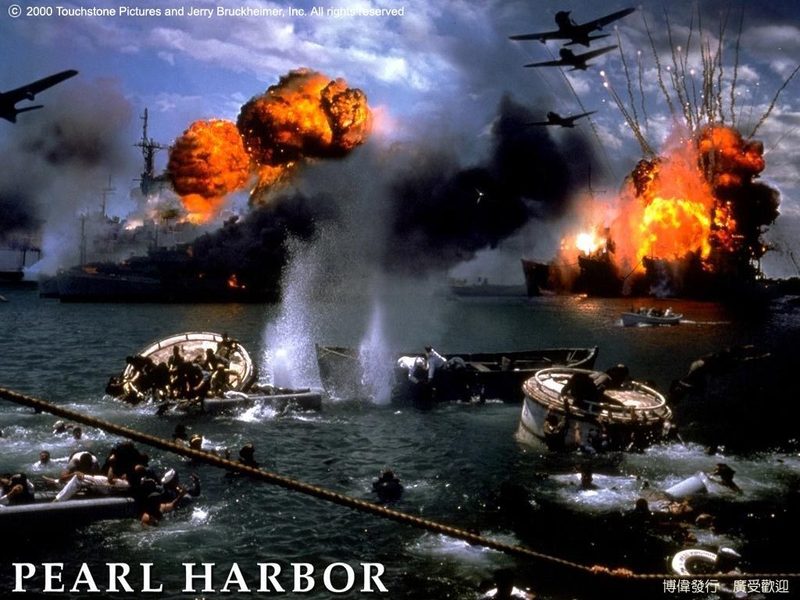Chat with Pro Football Hall of Fame defensive end Elvin Bethea as he is featured in the next installment of the Heart of a Hall of Famer series on Thursday, Dec. 8 at 10:00 AM and 11:30 AM ET. Learn about the character qualities it took for the Class of 2003 enshrinee to make it into his sport’s most exclusive club – the Pro Football Hall of Fame. Students will have the opportunity to learn first-hand what it took beyond athletics for this gridiron legend to achieve greatness and how his character qualities helped him achieve great success on and off the football field.
The program will last approximately one hour with a majority of that time being driven by questions from the student participants. This program is designed for grades 6th-12th. Each videoconference is limited to six sites and is FREE. Interested schools will be selected on a first-come basis. Test connections will take place on Wednesday December 7.
If your school is interested in one of the sessions being offered, please email the Hall of Fame’s Education Department at EducationalPrograms@
The program will last approximately one hour with a majority of that time being driven by questions from the student participants. This program is designed for grades 6th-12th. Each videoconference is limited to six sites and is FREE. Interested schools will be selected on a first-come basis. Test connections will take place on Wednesday December 7.
If your school is interested in one of the sessions being offered, please email the Hall of Fame’s Education Department at EducationalPrograms@



